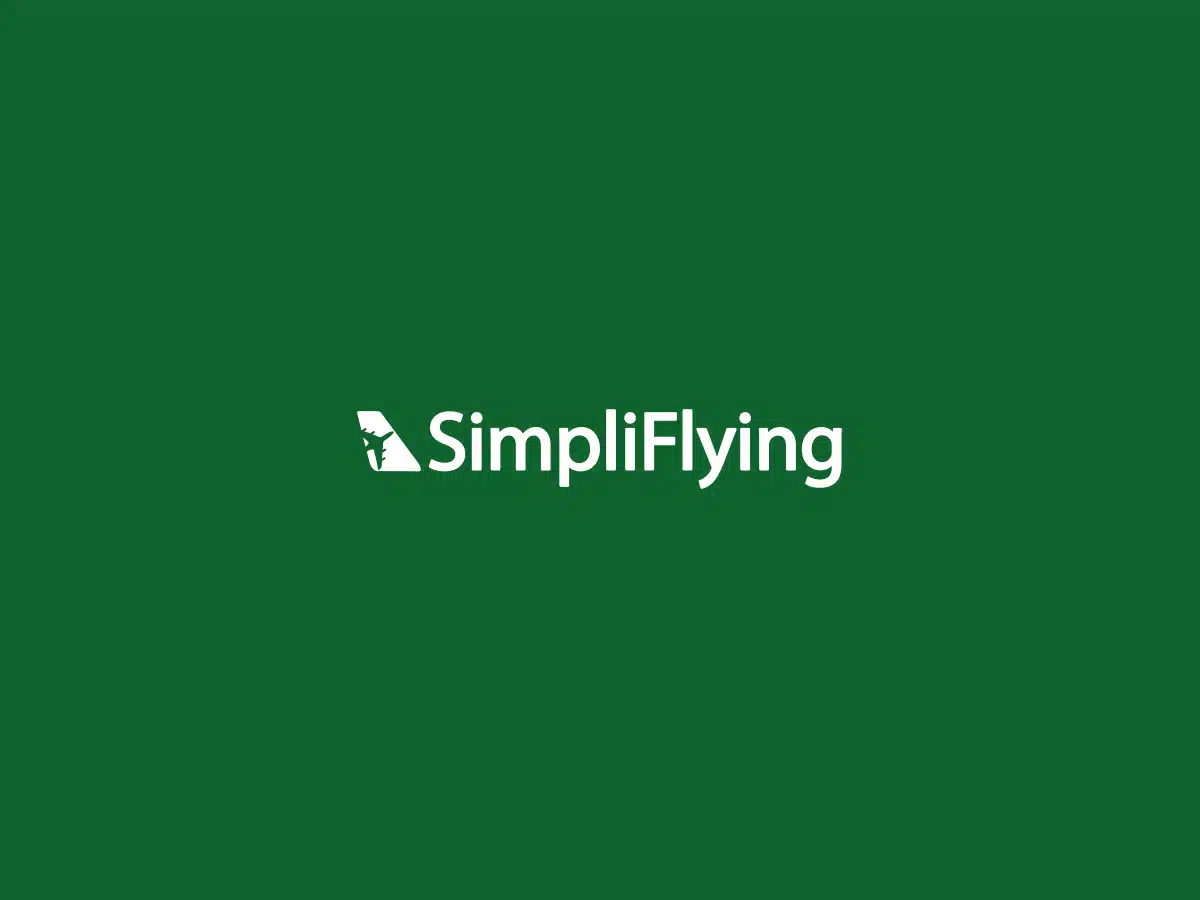Well, well, well! This year’s race for the 2nd SimpliFlying Awards for Excellence in Social Media is heating up like never before. Our awards are not just featured on the homepages of Malaysia Airlines and Air New Zealand but have gained huge traction on the web as well. Just about a week into voting, the total number of votes has already crossed 12,000!
Votes, as we mentioned in the previous slide-deck on the Best Airlines Driving Revenue through Social Media, have come from around 2500 cities across the world. We promised recently that we’d regularly post case-packs illustrating the fabulous campaigns that have led the final nominees to be shortlisted. And we’re back this time with another 5 great case-studies on how 5 of the best airlines in the world have used social media to drive Customer Service and Crisis Management.
This would be a good time to remind you that voting is still ongoing so you can vote for your favorite airline until 15th September. Do vote if you care about the airline you love! Meanwhile, you can check out the latest result for the current category below.
Before you jump in to the presentation, however, we’d like to elucidate a few key takeaways that have emerged from these case-studies. If you’re looking to build a great social presence, you’ll find these points handy for developing your strategy:
- Customers love an airline that talks to them and responds to them. For example, Delta’s Twitter account dedicated to purely customer-service continues to delight passengers.
- Customers hate slow responses. They really really hate calling in to the Call Centers and keep waiting to talk to someone. If they know that they can get a quick response online, they’ll not only show their appreciation but tell their friends too. SAS Scandinavian’s efforts to provide customer service through Facebook is a stellar example of this.
- Public, social platforms provide airlines the opportunity to be transparent in their communications and allow their message to be spread to a vast audience that is actively engaged on a particular platform. This is especially important during managing crises.
- During crises, the rate at which fear and panic spread is inversely proportional to the amount of information that customers have. Using Facebook and Twitter ensures that information is timely spread (in comparison to traditional media) and can reach the maximum number of people.
- Don’t expect people to look for information. Go where the customers are! They should know where they’ll get answers or information. For example, AirAsia’s new customer service portal AskAirAsia ensures that customers are never far away from immediate answers or assistance.
- After a significant event/crisis/service disruption, when you get good reviews from customers about your efforts, make sure you leverage the great PR opportunity handed to you and make a name for yourself.
With that said, here’s the case-pack. We hope you enjoy going through it!
